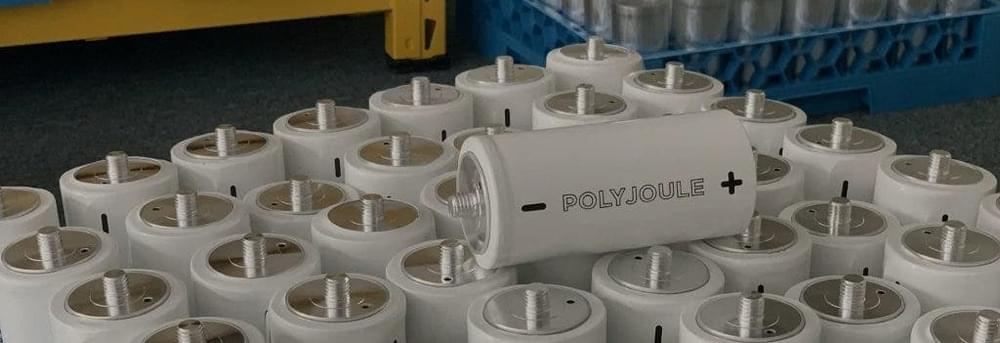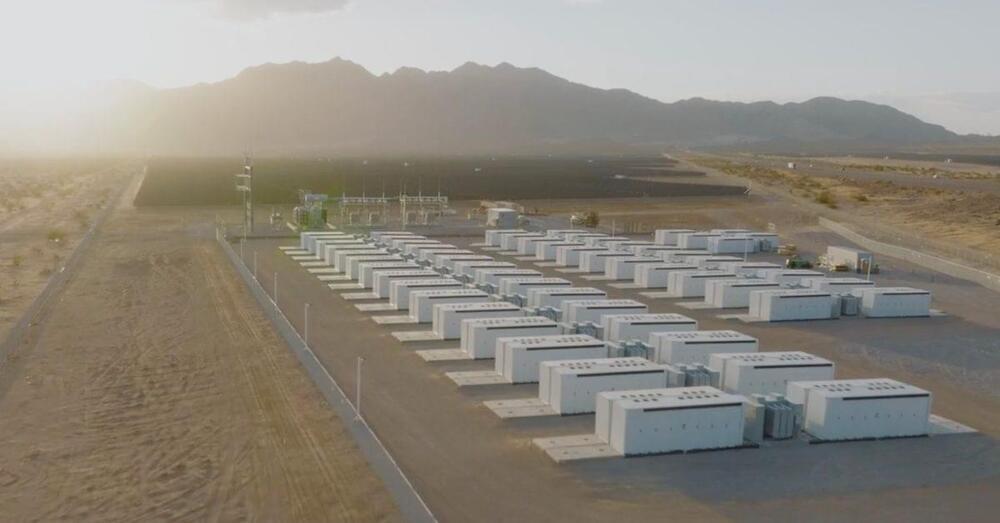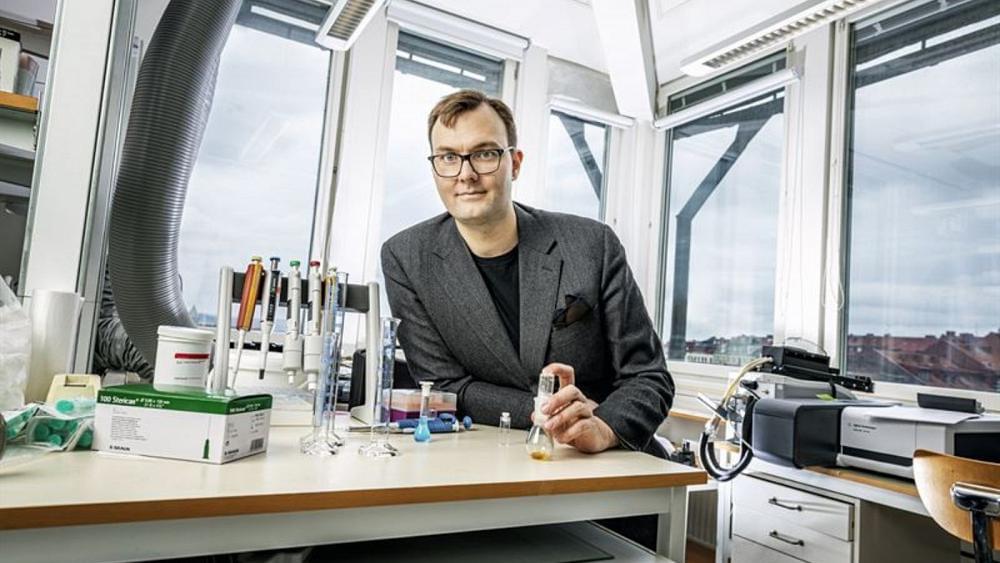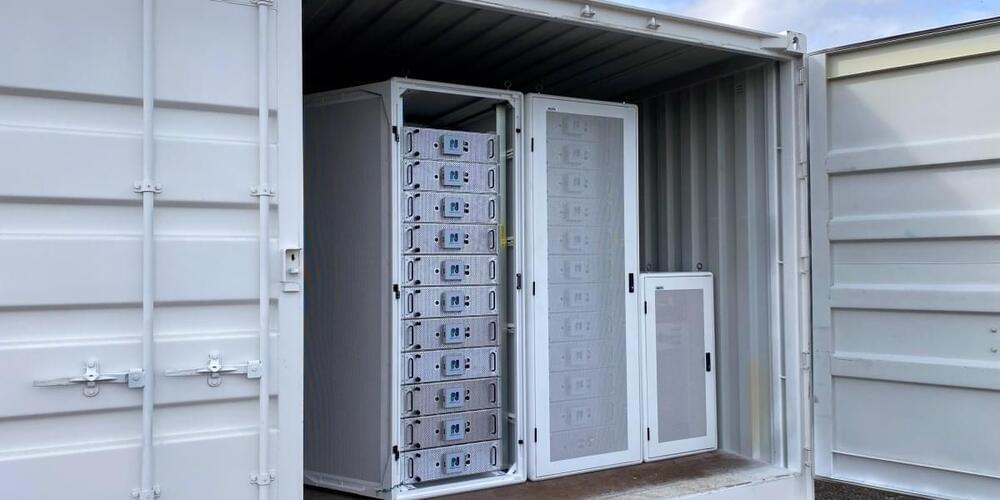Newly discovered Fermi arcs that can be controlled through magnetism could be the future of electronics based on electron spins.
These new Fermi arcs were discovered by a team of researchers from Ames Laboratory and Iowa State University, as well as collaborators from the United States, Germany, and the United Kingdom. During their investigation of the rare-earth monopnictide NdBi (neodymium-bismuth), the research team discovered a new type of Fermi arc that appeared at low temperatures when the material became antiferromagnetic, i.e., neighboring spins point in opposite directions.
Fermi surfaces in metals are a boundary between energy states that are occupied and unoccupied by electrons. Fermi surfaces are normally closed contours forming shapes such as spheres, ovoids, etc. Electrons at the Fermi surface control many properties of materials such as electrical and thermal conductivity, optical properties, etc. In extremely rare occasions, the Fermi surface contains disconnected segments that are known as Fermi arcs and often are associated with exotic states like superconductivity.








